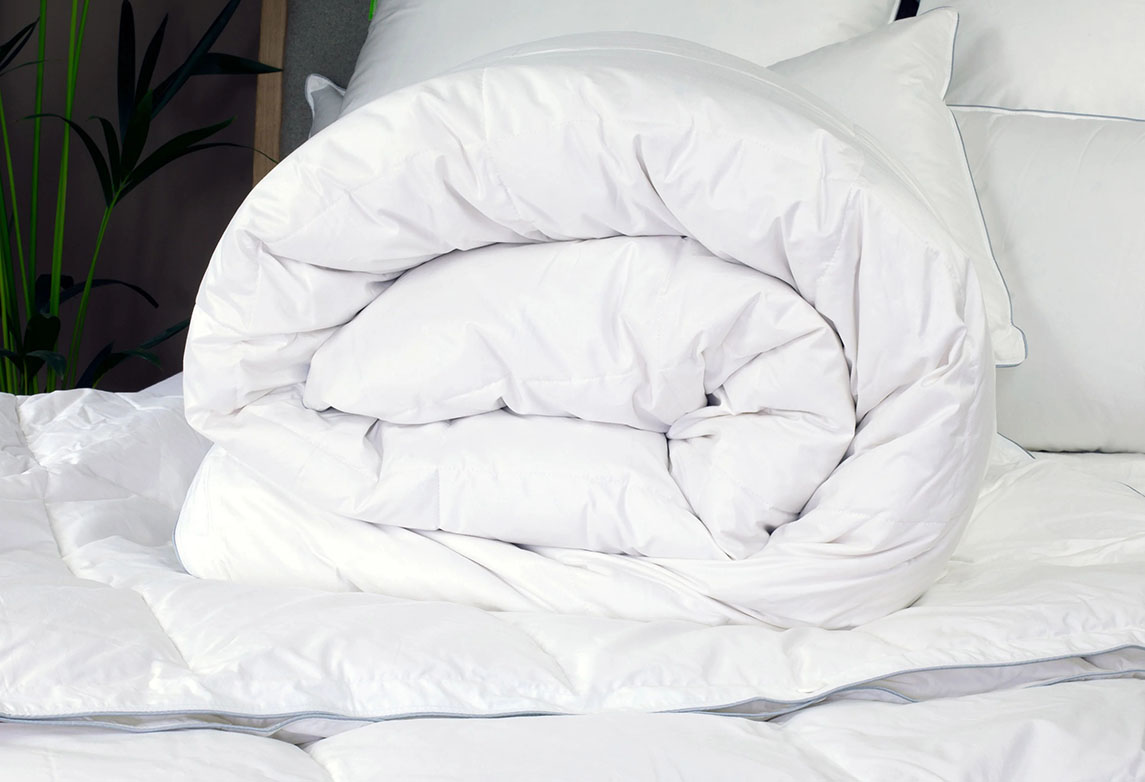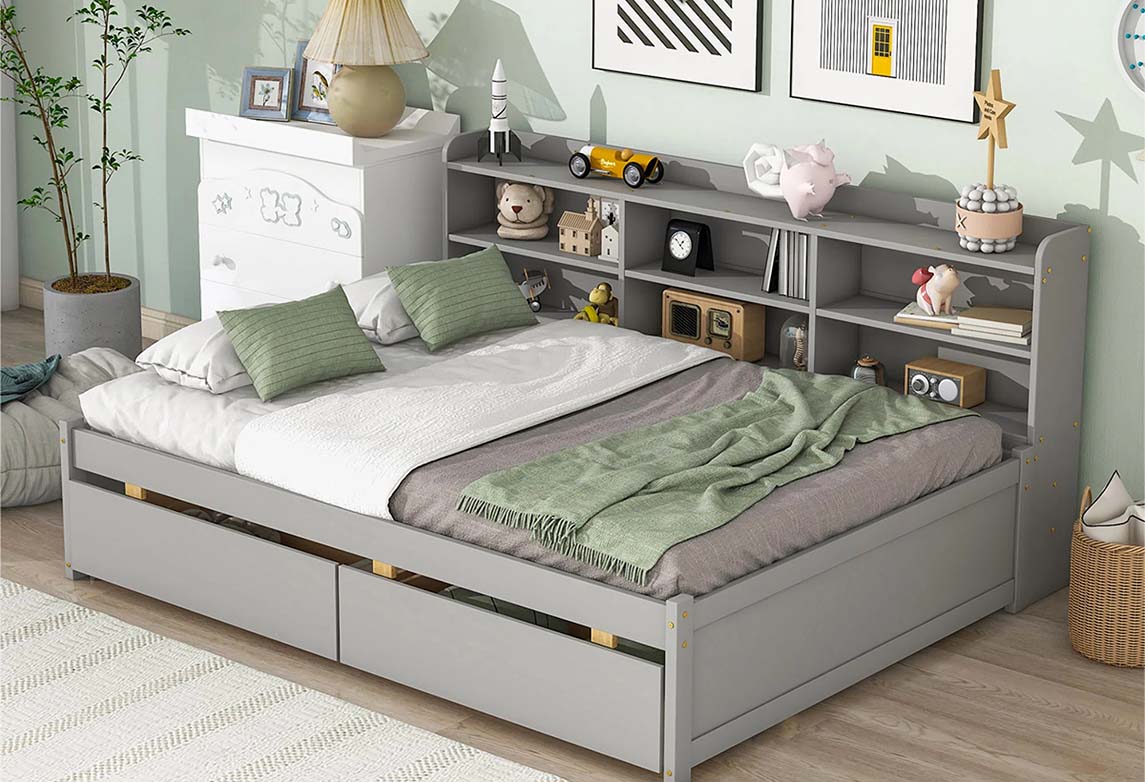A good night’s sleep is the cornerstone of a healthy lifestyle, and the mattress you sleep on plays a crucial role in ensuring you wake up feeling refreshed and pain-free. With so many different types, sizes, and features available, choosing the perfect mattress can be a daunting task. This guide will help you understand the key factors to consider when selecting the ideal mattress for your needs, providing you with all the information necessary to make an informed decision.
1. Why a Good Mattress is Important for Sleep
The mattress you sleep on affects not only your comfort but also your overall health. A poor-quality mattress can lead to sleep disturbances, back and neck pain, and even long-term issues such as poor posture. Here’s why investing in a good mattress is essential:
- Improved Sleep Quality: A mattress that suits your body type and sleeping style can drastically improve sleep quality by reducing the pressure points on your body, allowing for uninterrupted sleep.
- Spinal Alignment: The right mattress supports your body in a neutral position, ensuring your spine is aligned properly. This helps avoid aches and pains when you wake up.
- Reduced Stress and Anxiety: Sleep deprivation or poor-quality sleep can lead to increased stress and anxiety. A comfortable mattress promotes relaxation, making it easier to fall and stay asleep.
- Longevity: Investing in a quality mattress means it will last longer, saving you money in the long run.
2. Different Types of Mattresses
Understanding the various types of mattresses available is the first step to finding your perfect match. Here’s a breakdown of the most common types:
a. Memory Foam Mattresses
Memory foam mattresses are popular for their ability to contour to your body’s shape. These mattresses are ideal for people who prefer a soft yet supportive sleep surface. Memory foam molds around your body, providing excellent pressure relief.
- Pros: Great for relieving pressure points, excellent motion isolation (good for couples), contours to the body.
- Cons: Can retain heat, making them uncomfortable for hot sleepers, slow responsiveness.
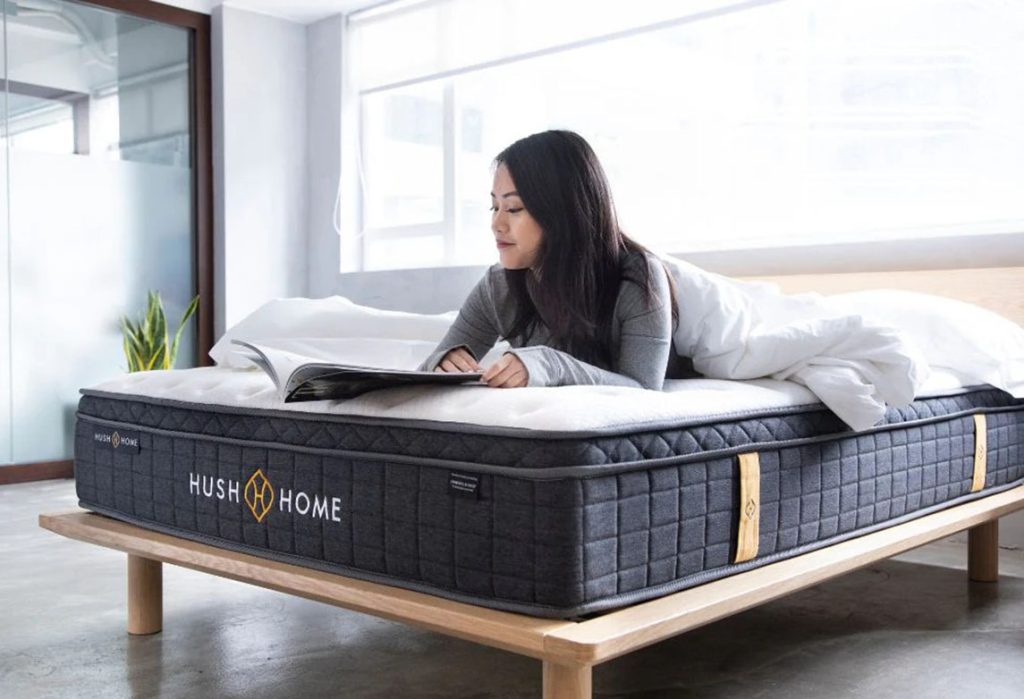
b. Innerspring Mattresses
Innerspring mattresses are the traditional type and feature a system of metal coils that provide support. These mattresses are known for their bounciness and are often firmer compared to memory foam options.
- Pros: Affordable, good breathability, widely available, offers strong support.
- Cons: Can wear out faster, may not offer enough pressure relief, can be noisy.
c. Hybrid Mattresses
Hybrid mattresses combine both memory foam and innerspring systems, offering the best of both worlds. These mattresses provide the contouring benefits of memory foam while also incorporating the support and airflow of innerspring coils.
- Pros: Excellent balance of comfort and support, good for all sleep positions, durable.
- Cons: Can be expensive, may still trap heat depending on the foam layers used.
d. Latex Mattresses
Latex mattresses are made from natural or synthetic latex and are known for their durability and responsiveness. These mattresses are bouncy yet firm, providing a unique sleep experience.
- Pros: Long-lasting, hypoallergenic, eco-friendly options available, good breathability.
- Cons: Expensive, can feel too firm for some sleepers.
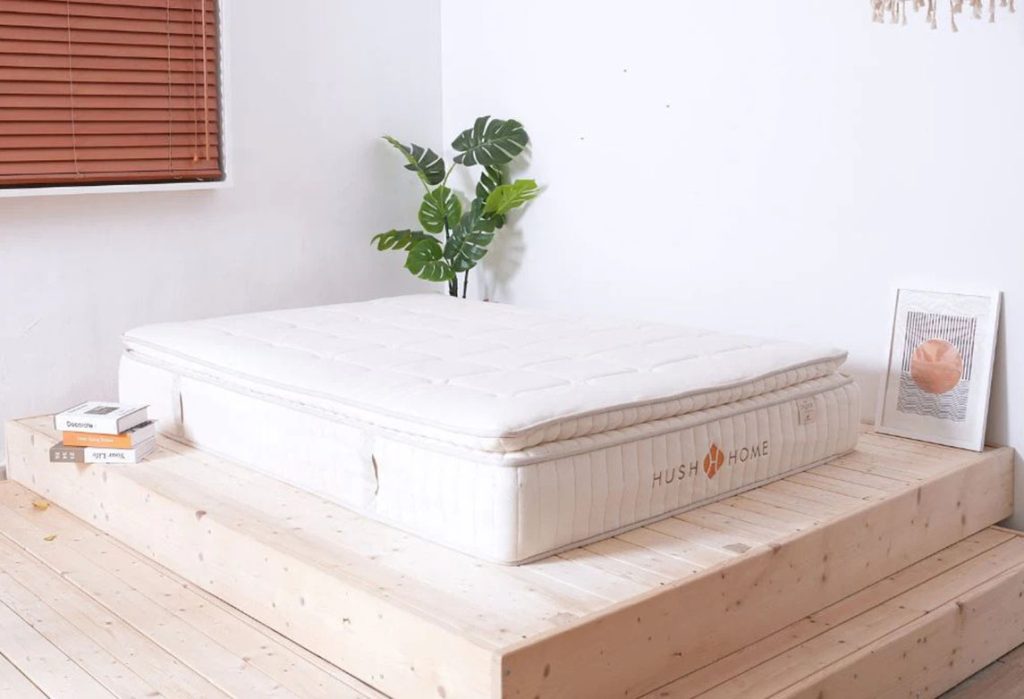
e. Airbeds
Airbeds are mattresses that allow you to adjust the firmness by inflating or deflating the mattress. They are highly customizable and can be adjusted to suit the specific comfort needs of both partners.
- Pros: Adjustable firmness, ideal for couples with differing sleep preferences.
- Cons: Expensive, requires regular maintenance.
3. Factors to Consider When Choosing a Mattress
Now that you know the types of mattresses available, it’s time to dive into the factors you should consider to find the right mattress for you.
a. Sleeping Position
Your preferred sleeping position plays a significant role in determining which mattress is best for you.
- Side Sleepers: Side sleepers need a mattress that cushions their hips and shoulders while maintaining spinal alignment. A softer mattress, such as memory foam or a plush hybrid, is usually ideal.
- Back Sleepers: Back sleepers benefit from medium-firm mattresses that support the natural curve of the spine. Innerspring or hybrid mattresses work well for this position.
- Stomach Sleepers: Stomach sleepers need a firmer mattress to prevent the midsection from sinking too far, which can strain the spine. A firm innerspring or latex mattress is a good choice.
- Combination Sleepers: If you switch between positions throughout the night, a medium-firm mattress that offers a balance of support and comfort, like a hybrid, is best.
b. Body Weight
Your body weight impacts how much support you need from a mattress.
- Lightweight Sleepers (Under 130 lbs): Softer mattresses provide the necessary contouring and pressure relief.
- Average Weight Sleepers (130-230 lbs): Medium-firm mattresses offer a good balance of support and comfort.
- Heavyweight Sleepers (Over 230 lbs): Firmer mattresses are ideal to provide adequate support and prevent sagging.
c. Firmness Level
Mattress firmness is rated on a scale from 1 to 10, with 1 being the softest and 10 being the firmest. Here’s a rough guide to help you choose the right firmness:
- 1-3 (Soft): Suitable for side sleepers who need cushioning for their shoulders and hips.
- 4-6 (Medium): Ideal for back sleepers and combination sleepers who need both support and comfort.
- 7-10 (Firm): Best for stomach sleepers or heavyweight individuals who require extra support.
d. Motion Isolation
If you sleep with a partner, motion isolation is an important consideration. Memory foam and latex mattresses excel in this area, absorbing movements to prevent disturbance when one partner moves during the night.
e. Edge Support
If you like to sit or sleep near the edge of the bed, look for a mattress with reinforced edges. Innerspring and hybrid mattresses typically offer better edge support than all-foam models.
f. Temperature Regulation
Some mattresses retain heat, making them uncomfortable for hot sleepers. If you tend to sleep hot, look for a mattress with cooling features, such as gel-infused memory foam, breathable latex, or hybrid models with good airflow.
4. Mattress Size Guide
Choosing the right mattress size is just as important as selecting the type. Here’s a guide to standard mattress sizes:
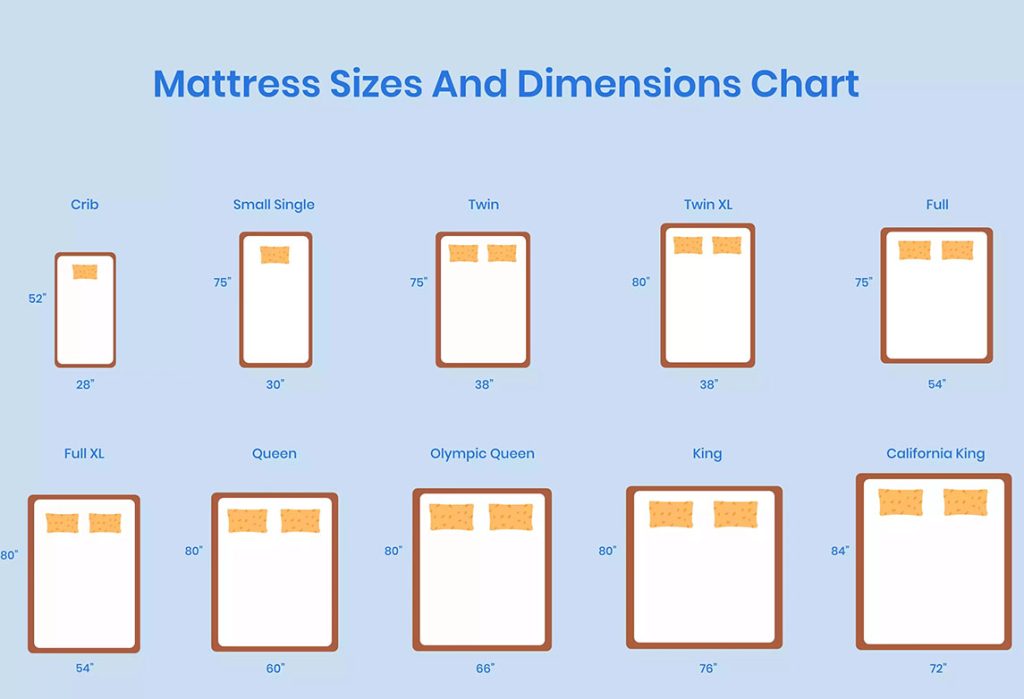
- Twin: 38” x 75” – Ideal for children or single sleepers with limited space.
- Twin XL: 38” x 80” – Offers extra length for taller individuals, often used in dorm rooms.
- Full: 54” x 75” – Suitable for single sleepers who want more space or couples who don’t mind sleeping close.
- Queen: 60” x 80” – The most popular size, providing ample space for couples or single sleepers who prefer extra room.
- King: 76” x 80” – Ideal for couples who want maximum space or families who co-sleep with children or pets.
- California King: 72” x 84” – Slightly narrower but longer than a standard King, great for taller individuals.
5. Tips for Buying a Mattress
a. Try Before You Buy
Whenever possible, try out a mattress in person. Many mattress stores allow you to lie down and test different models. Spending at least 10-15 minutes in your usual sleep position on the mattress can help you gauge its comfort level.
b. Check the Return Policy
Many online mattress retailers offer sleep trials that allow you to test the mattress at home for several weeks or months. If you’re not satisfied, you can return it for a refund. Always check the return policy before purchasing.
c. Look for Warranties
A mattress is a long-term investment, so look for models that come with at least a 10-year warranty. This ensures you’re protected if the mattress wears out prematurely or has manufacturing defects.
d. Budget Considerations
While it’s tempting to go for the cheapest option, remember that a mattress is a long-term investment in your health and well-being. Set a budget but be prepared to spend a bit more for a mattress that meets all your needs.
e. Read Reviews
Customer reviews provide real-world insights into the comfort, durability, and performance of a mattress. Look for reviews that highlight how the mattress performs for sleepers with similar preferences to your own.
6. Finding Your Perfect Mattress
Choosing the perfect mattress can seem overwhelming, but by considering your sleeping position, body weight, preferred firmness level, and other personal preferences, you can narrow down the choices and find a mattress that will give you the restful sleep you deserve.

